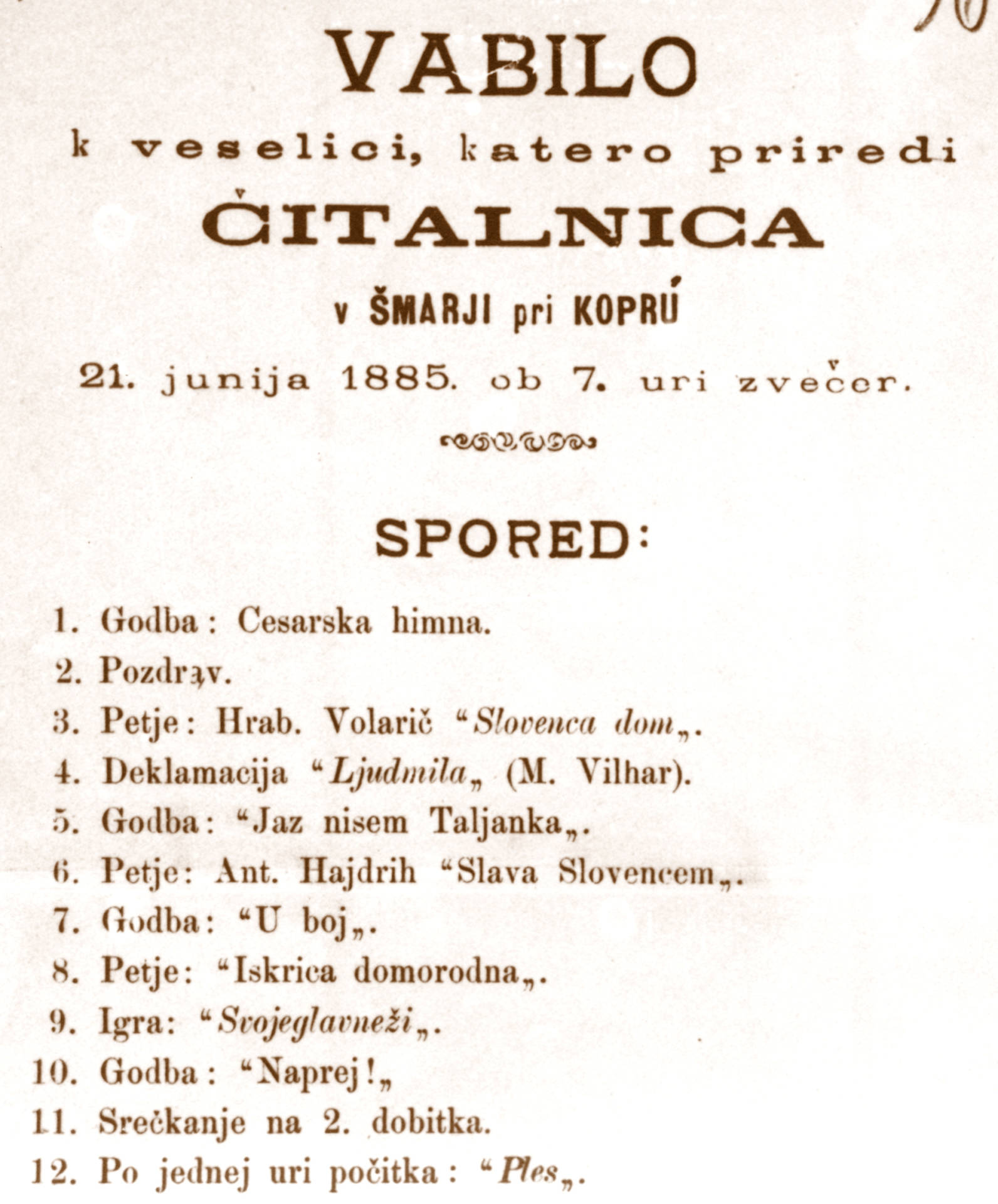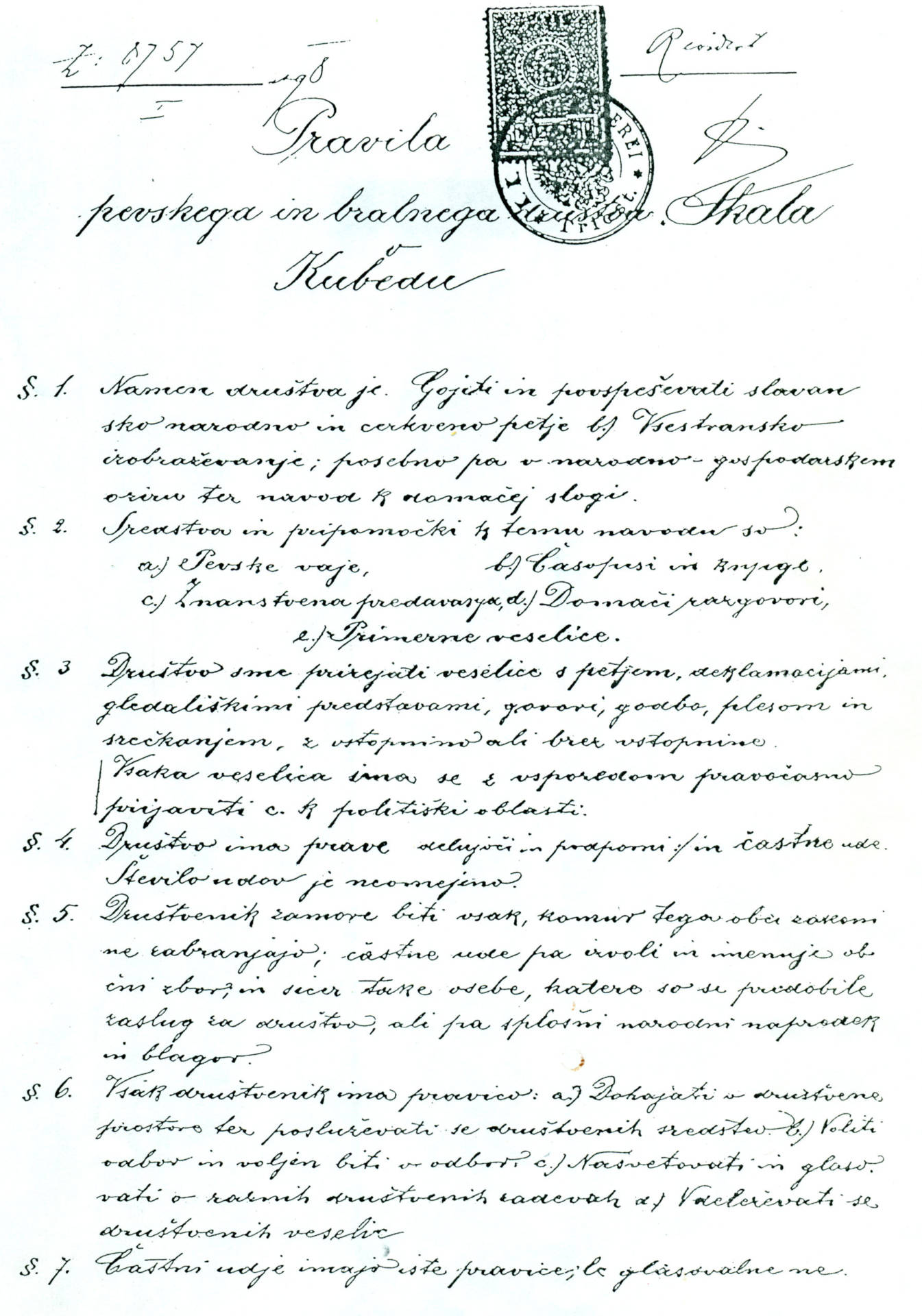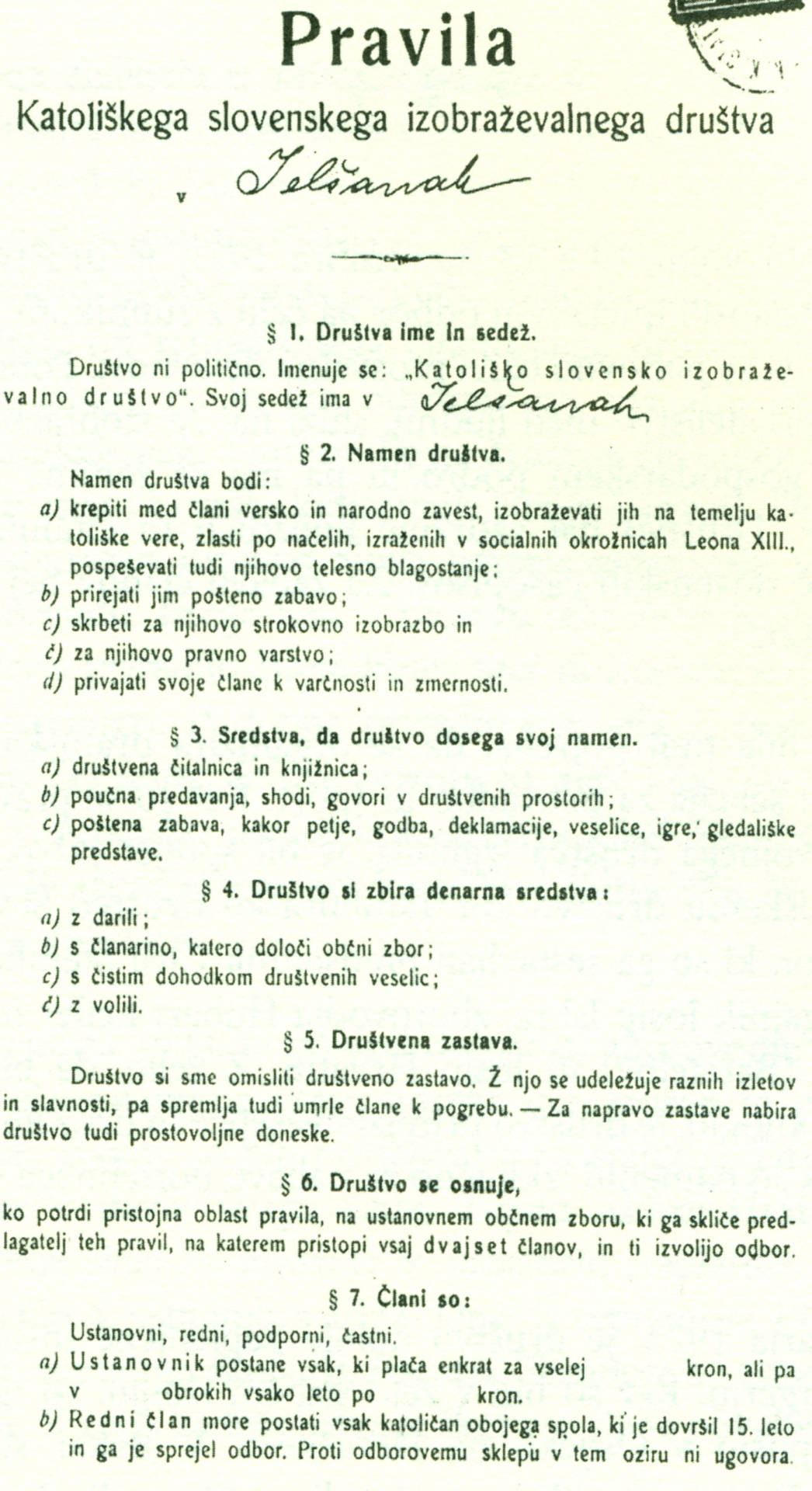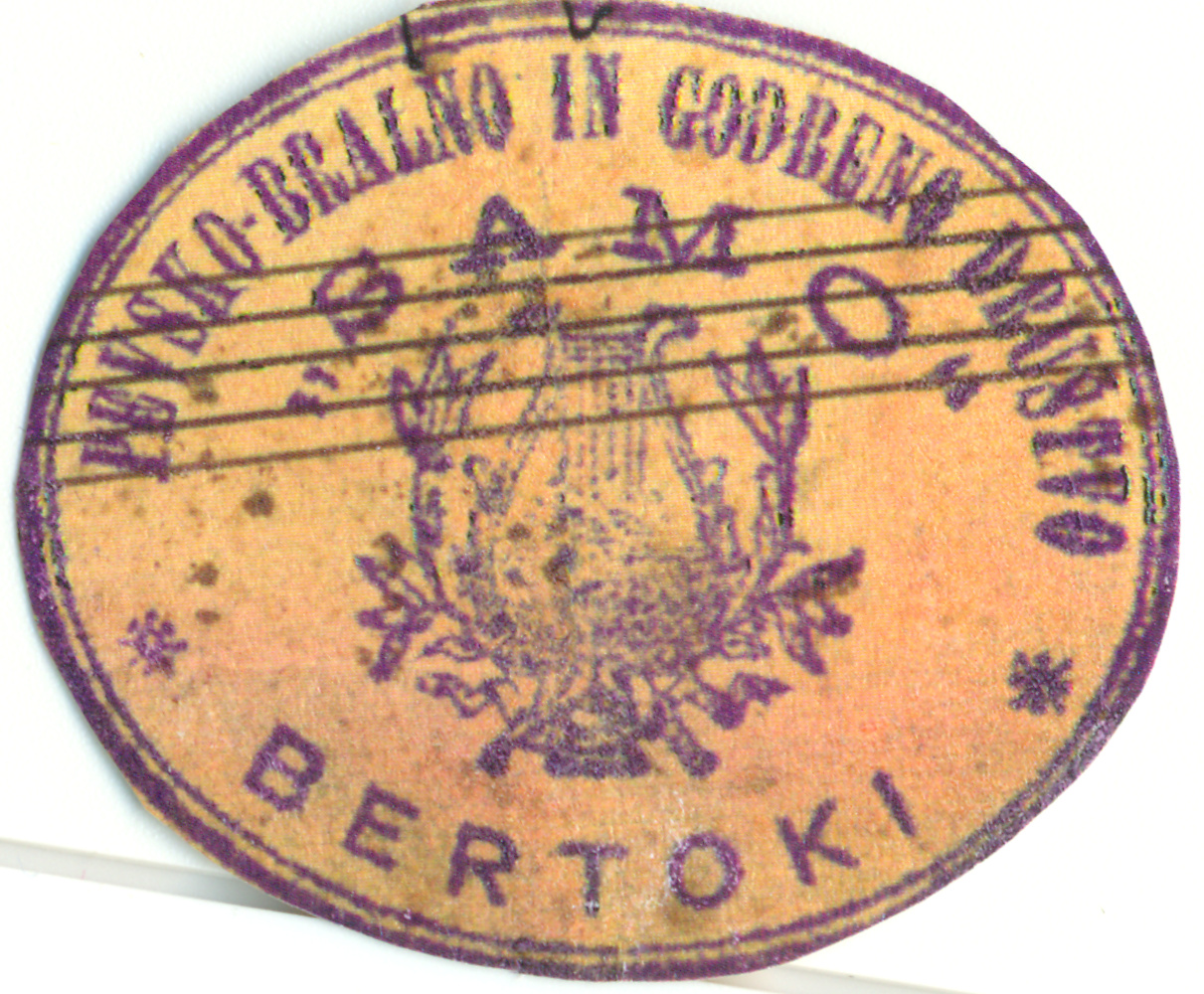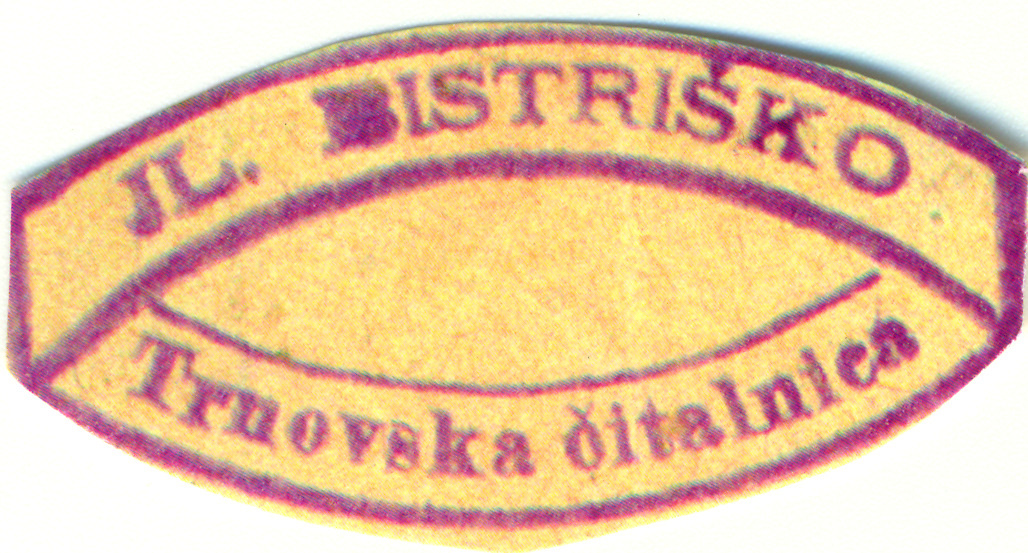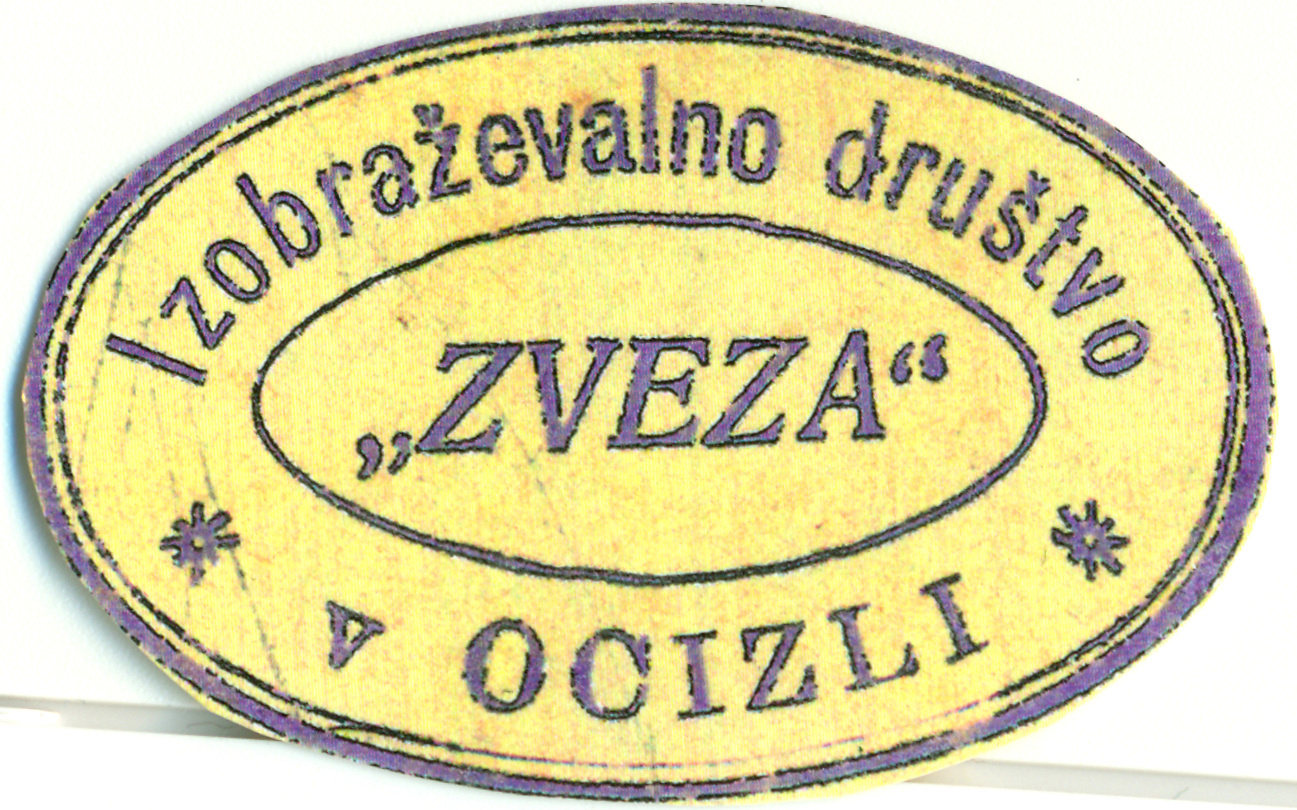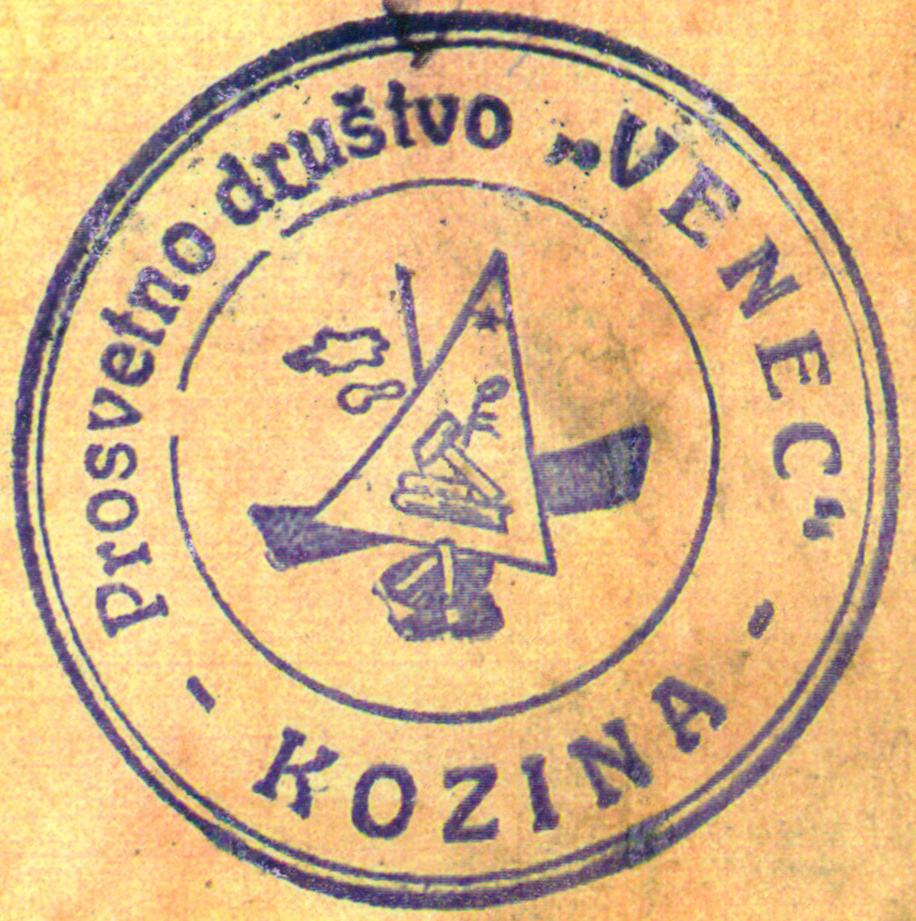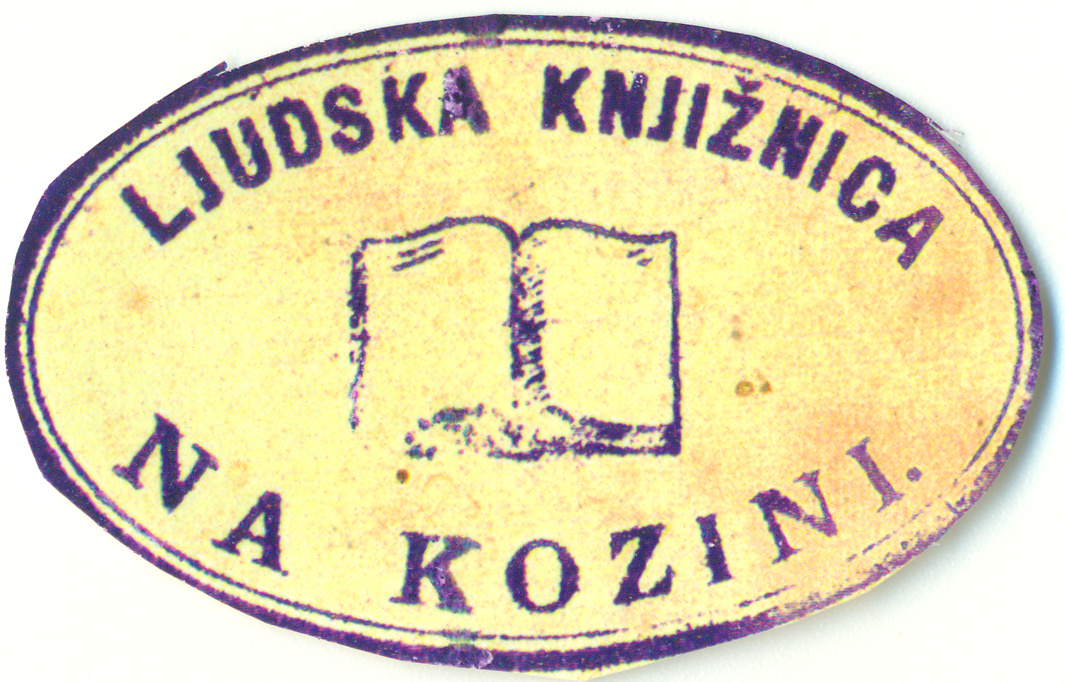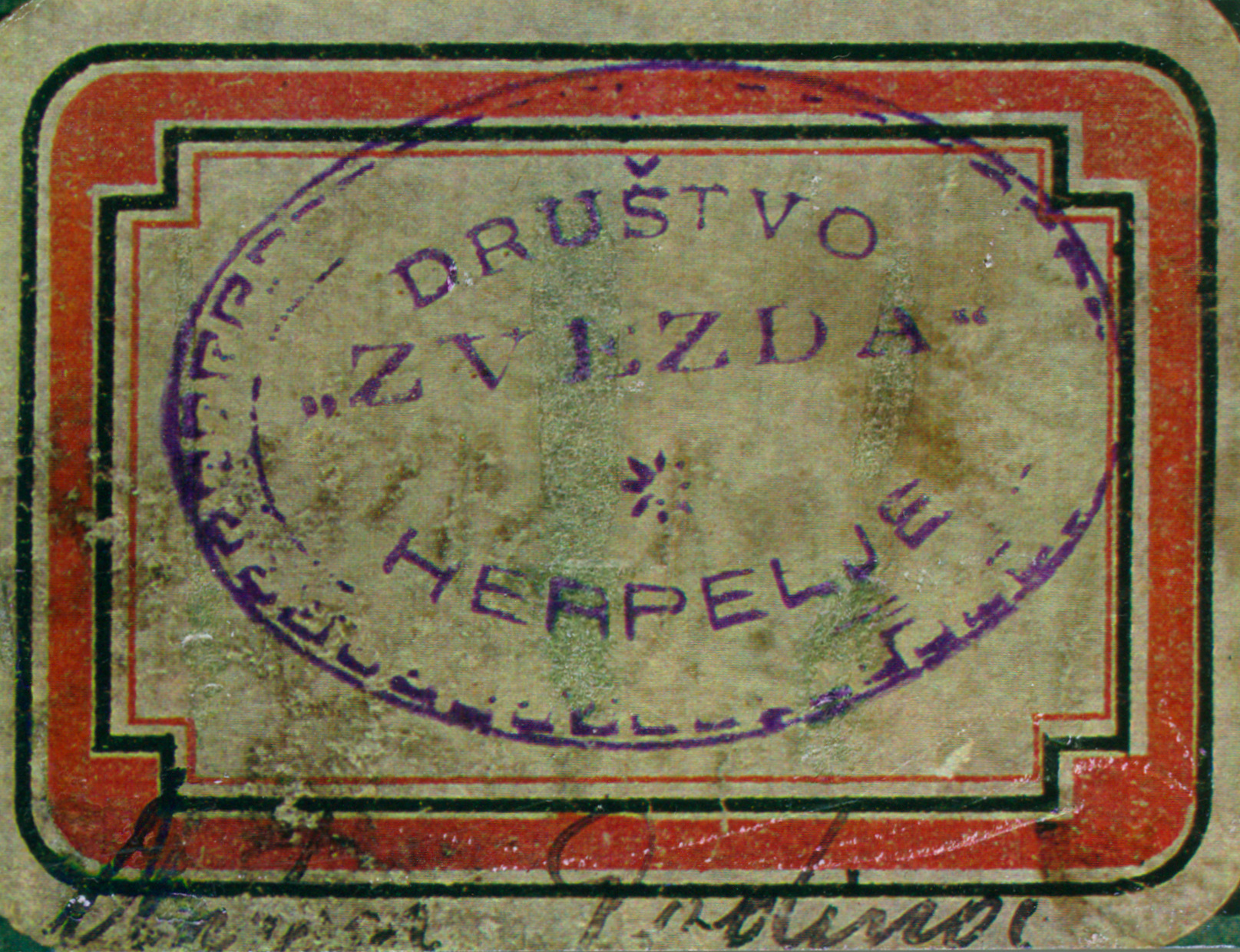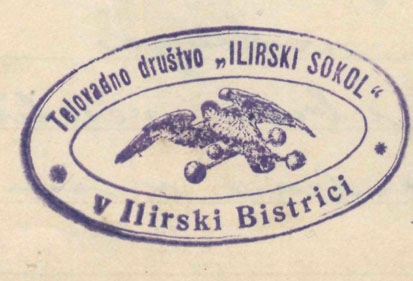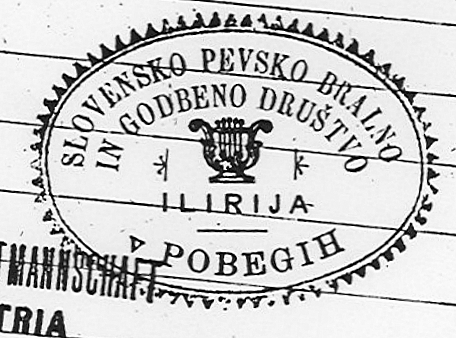Various forms of cultural and other activity organised by a variety of circles, societies and clubs played a role of inestimable importance in strengthening the national awareness of the Slovenes and raising their level of culture. It was not until the constitutional changes of 1860, which among other things permitted all the nations of the Habsburg Empire to establish their own cultural associations, that these forms of cultural activity could begin to flourish.
Associational life initially took the form of reading circles or societies, which from the 1860s onwards were the centre of cultural life and the political struggle for survival. Nationally conscious members of the intelligentsia organised reading society events known as bèsede, at which speeches, recitals and choral singing served to demonstrate Slovene cultural identity and cultivate national consciousness. The first reading circle within Slovene ethnic territory was founded in Trieste in 1861. After around 1870 the original reading circles began to lose their vitality and new forms of cultural activity connected to national awakening emerged, including choral societies, bands, tamburitza orchestras, reading circles, cultural societies, educational associations, and so on. These continued to multiply in the period from the 1890s until the start of the First World War. Most suspended their activities during the war but resumed them soon afterwards. By the end of 1927, Fascist Italy had dissolved all Slovene cultural associations and confiscated their property.
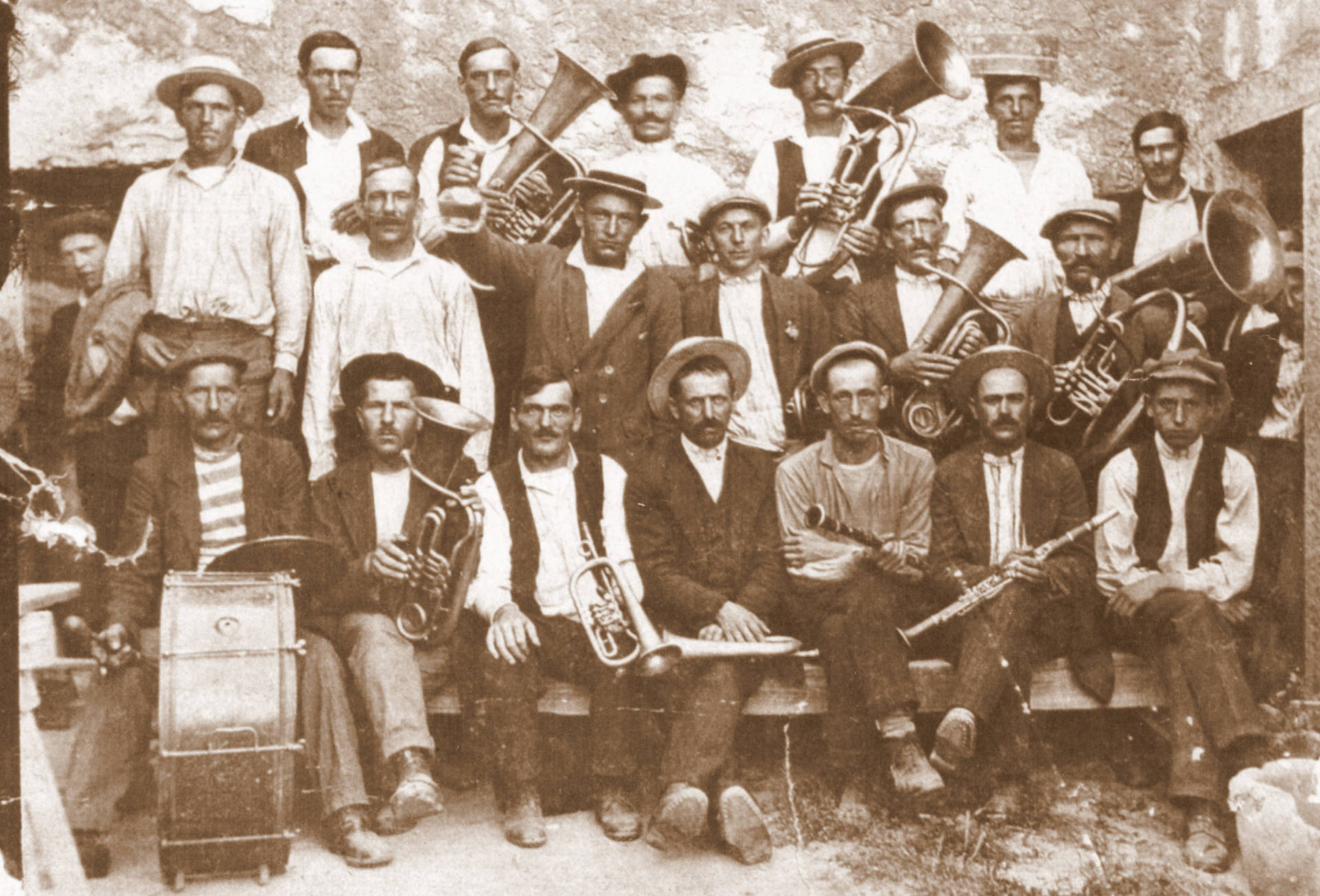 The band of the Svoboda (“Freedom”) cultural circle from Sveti Anton near Koper in 1906.
The band of the Svoboda (“Freedom”) cultural circle from Sveti Anton near Koper in 1906.
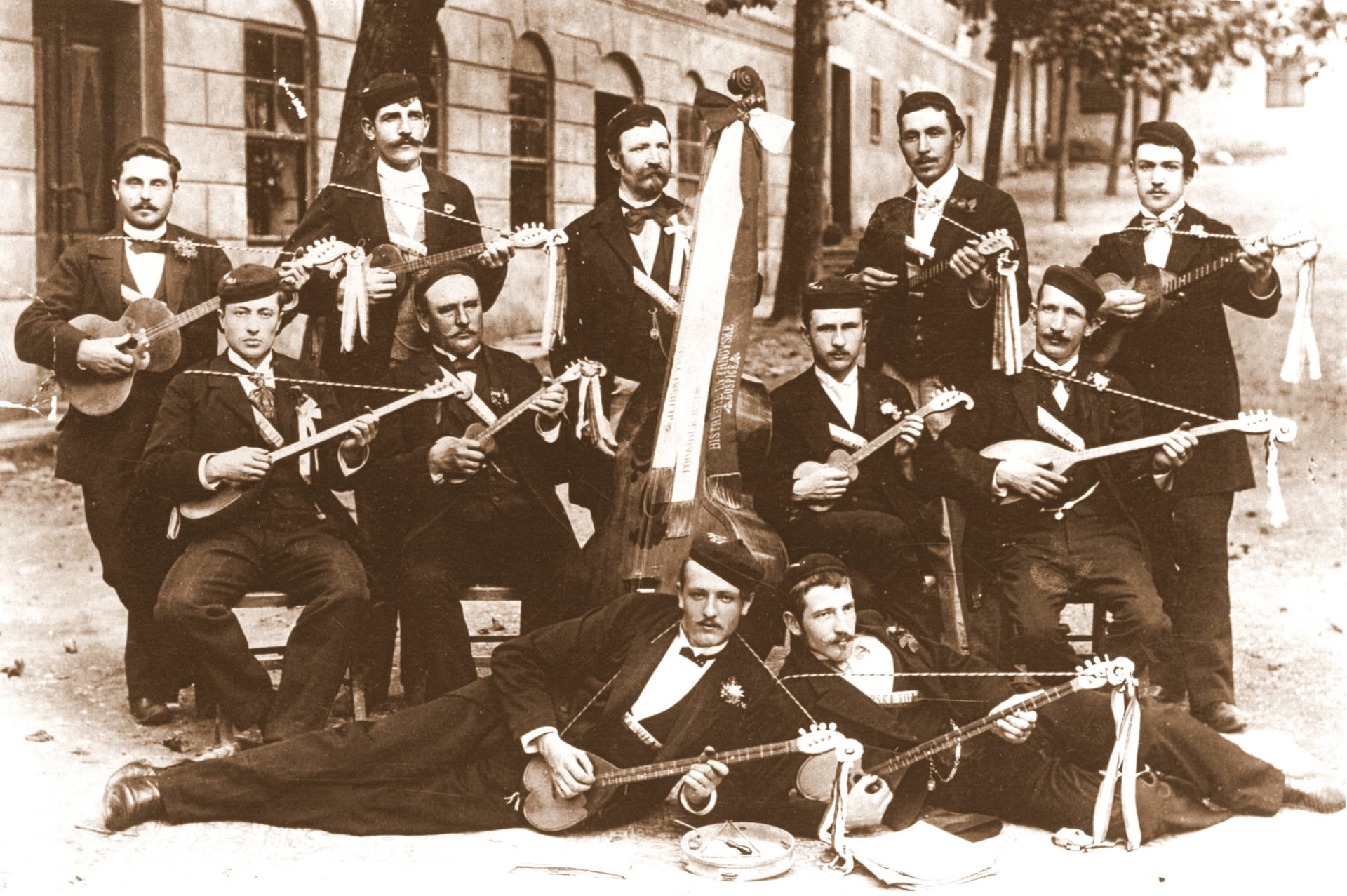 The Ilirska Vila tamburitza and choral club, founded in 1896, operated as a section of the Illyrian Sokol organisation.
The Ilirska Vila tamburitza and choral club, founded in 1896, operated as a section of the Illyrian Sokol organisation.
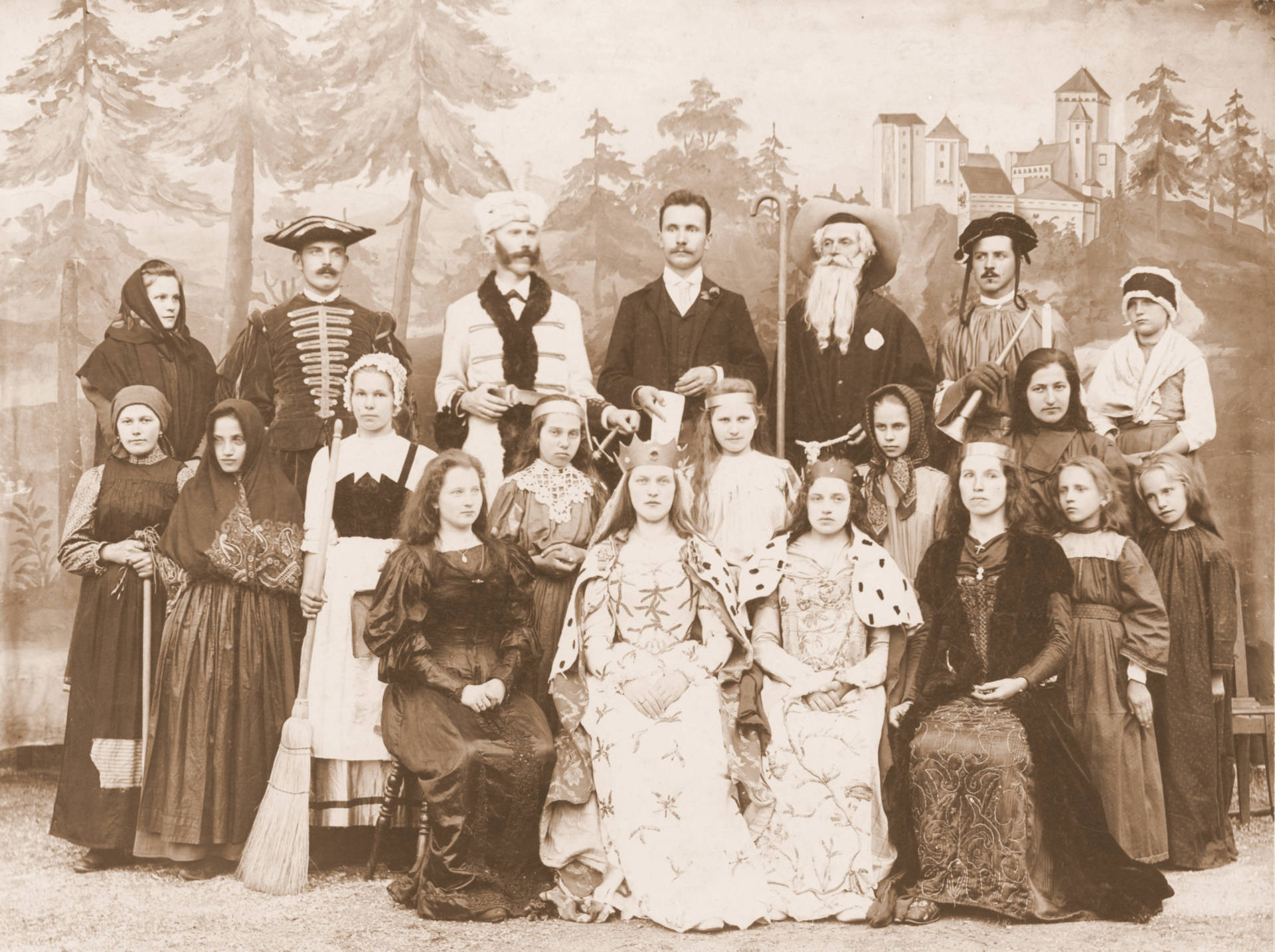 The Istra dramatic society in Koper operated between 1908 and 1909.
The Istra dramatic society in Koper operated between 1908 and 1909.
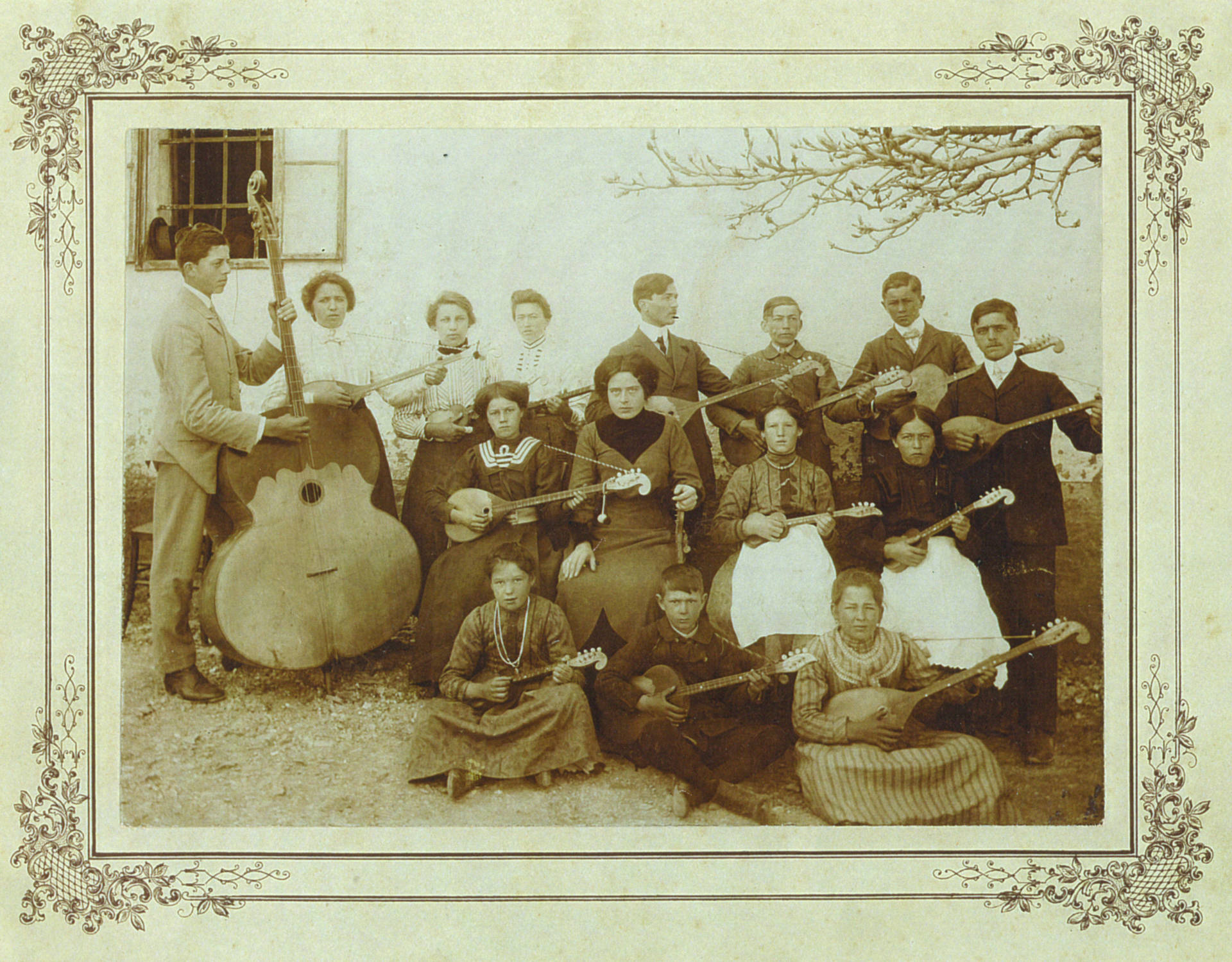 Tamburitza orchestra of the Venec society of Kozina.
Tamburitza orchestra of the Venec society of Kozina.
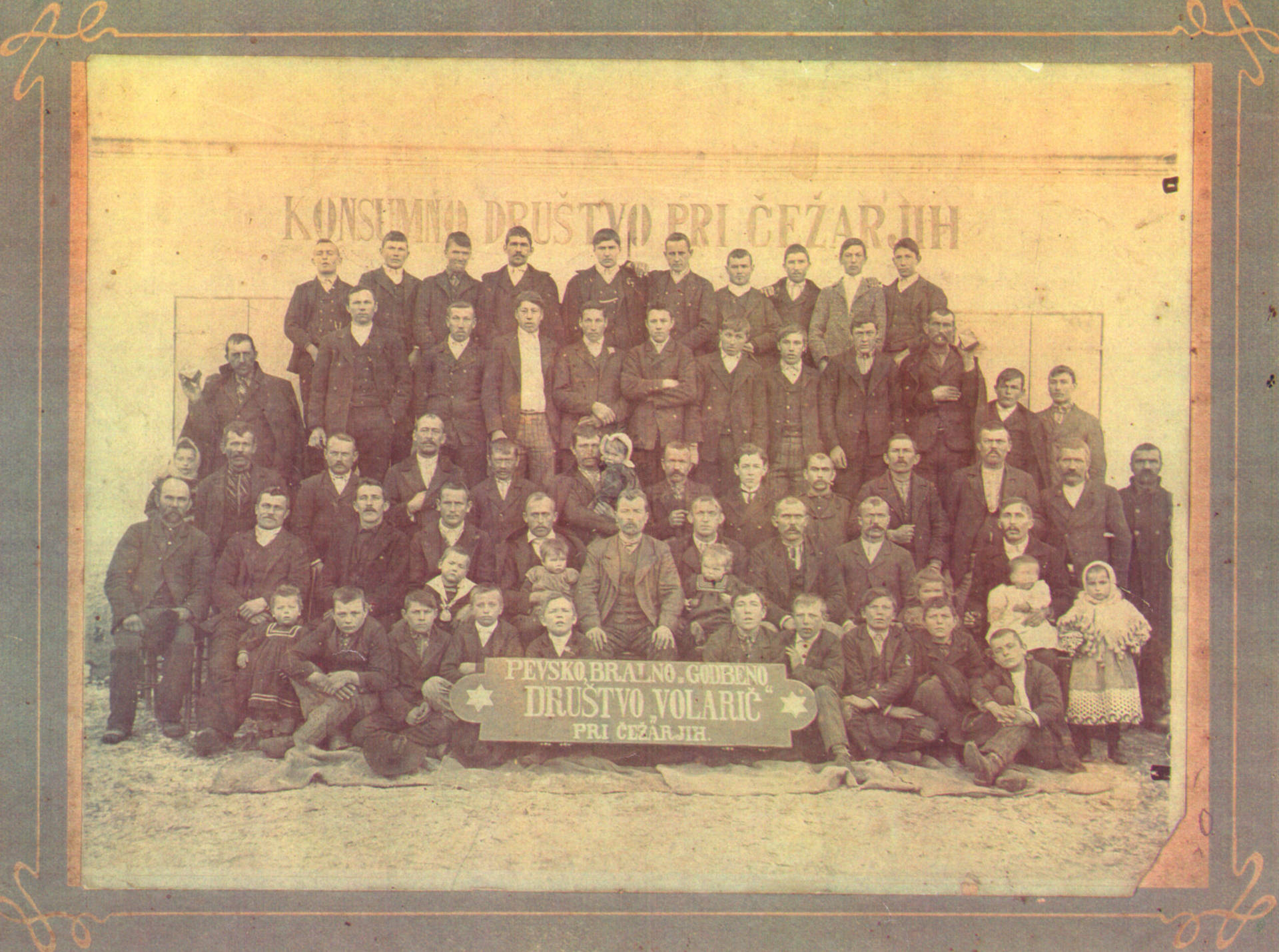 The Volarič cultural society of Čežarji.
The Volarič cultural society of Čežarji.
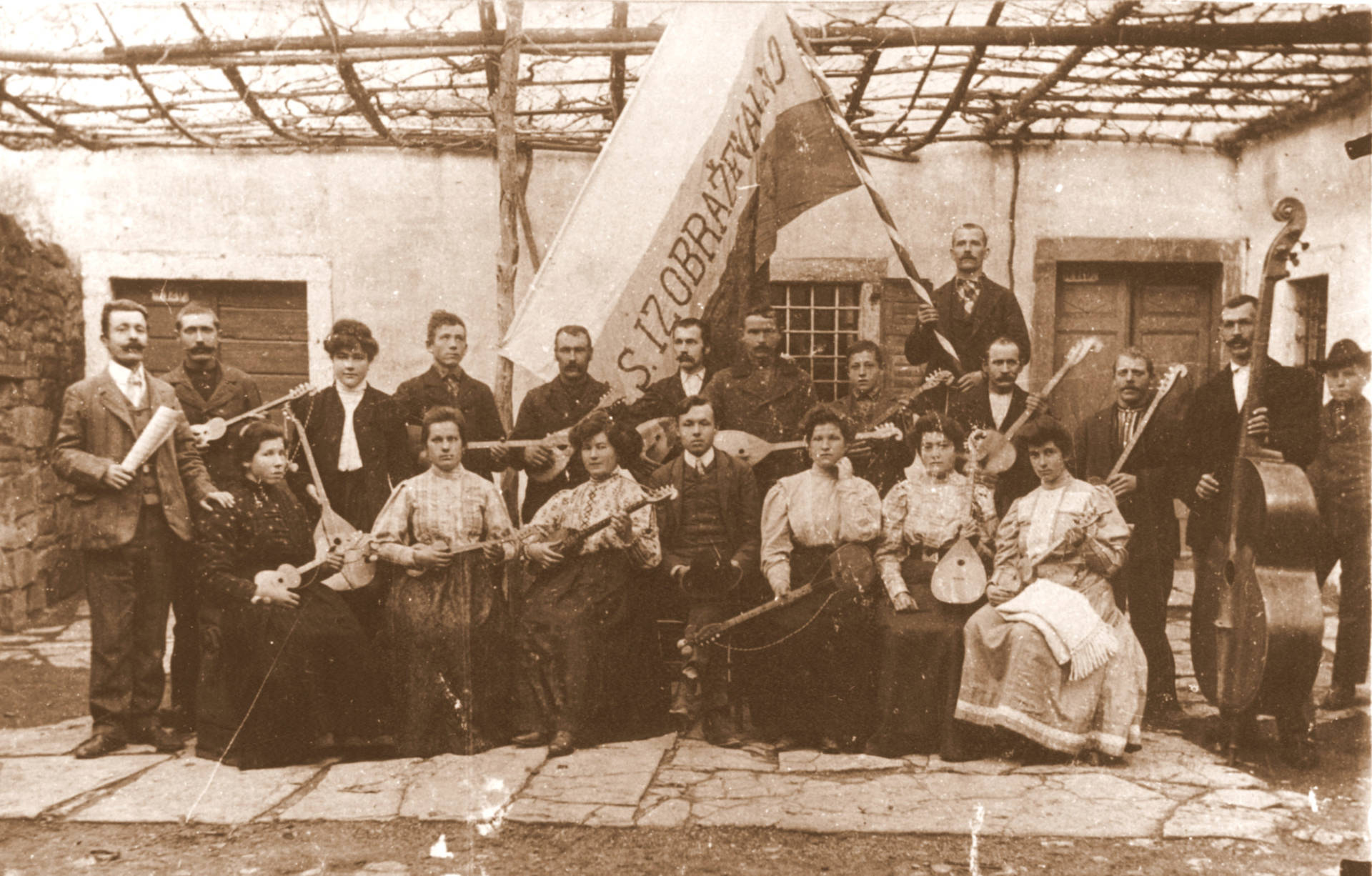 Design for a society uniform, Dekani, 1887.
Design for a society uniform, Dekani, 1887.
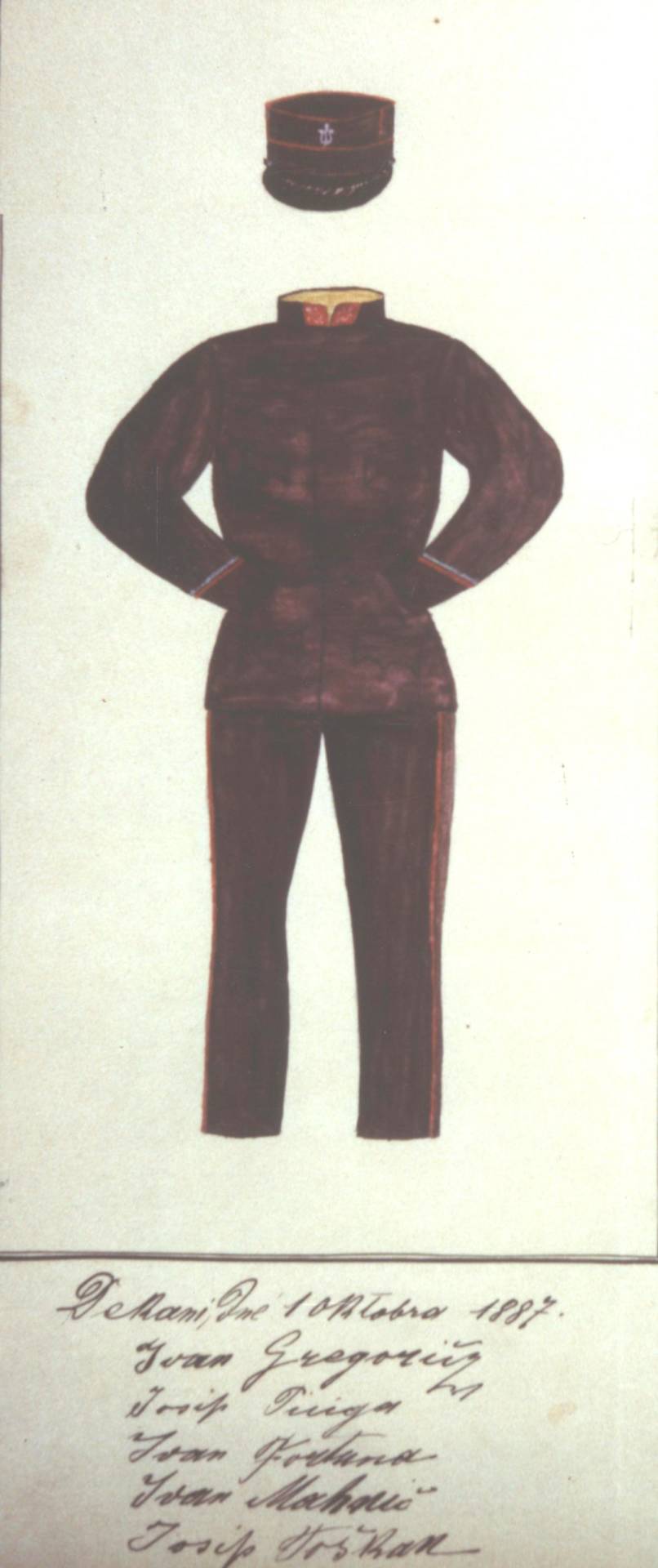 Tamburitza orchestra of the Slovene Education Society of Dekani, founded 1902.
Tamburitza orchestra of the Slovene Education Society of Dekani, founded 1902.
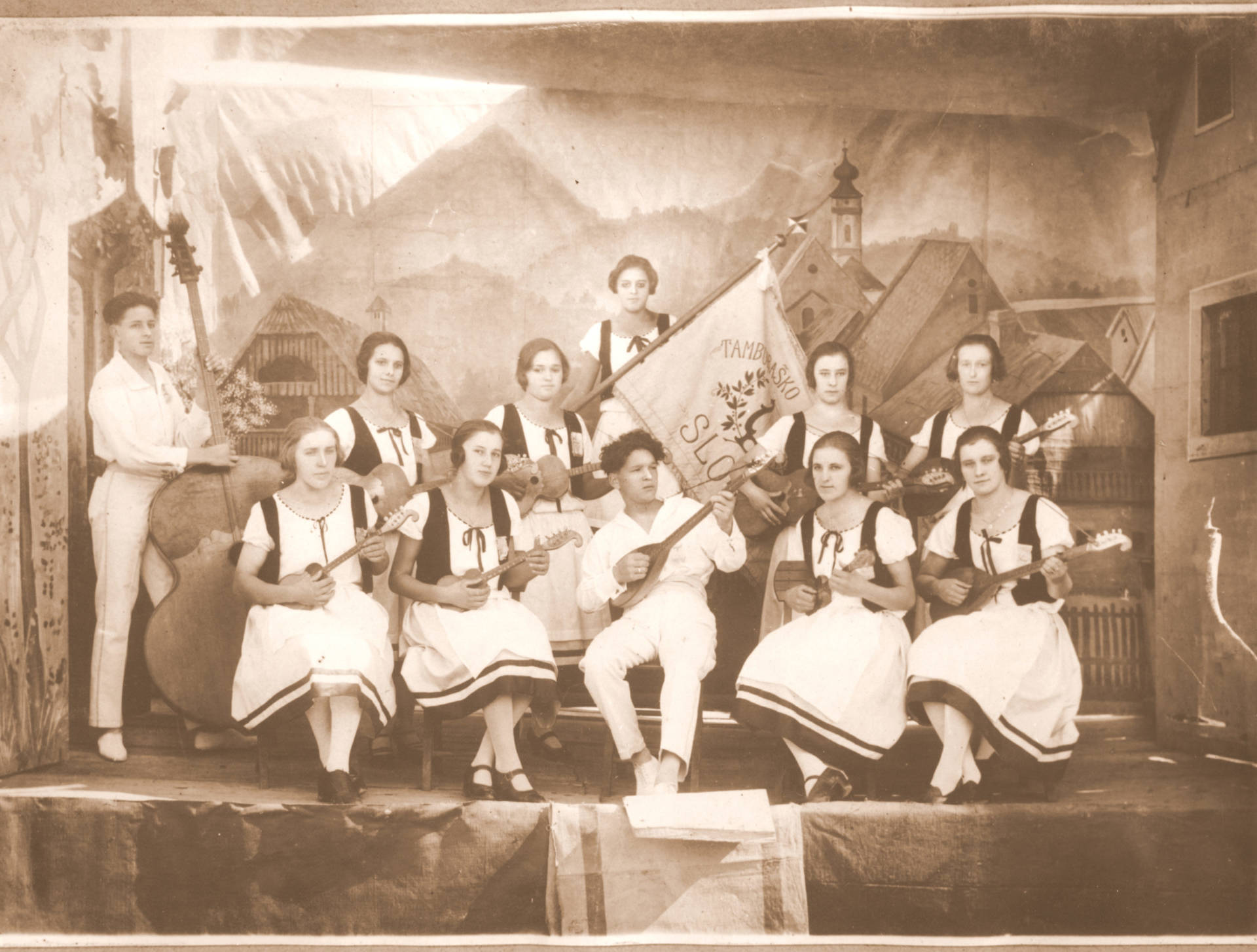 Members of the Sloga tamburitza club of Jelšane in 1925.
Members of the Sloga tamburitza club of Jelšane in 1925.
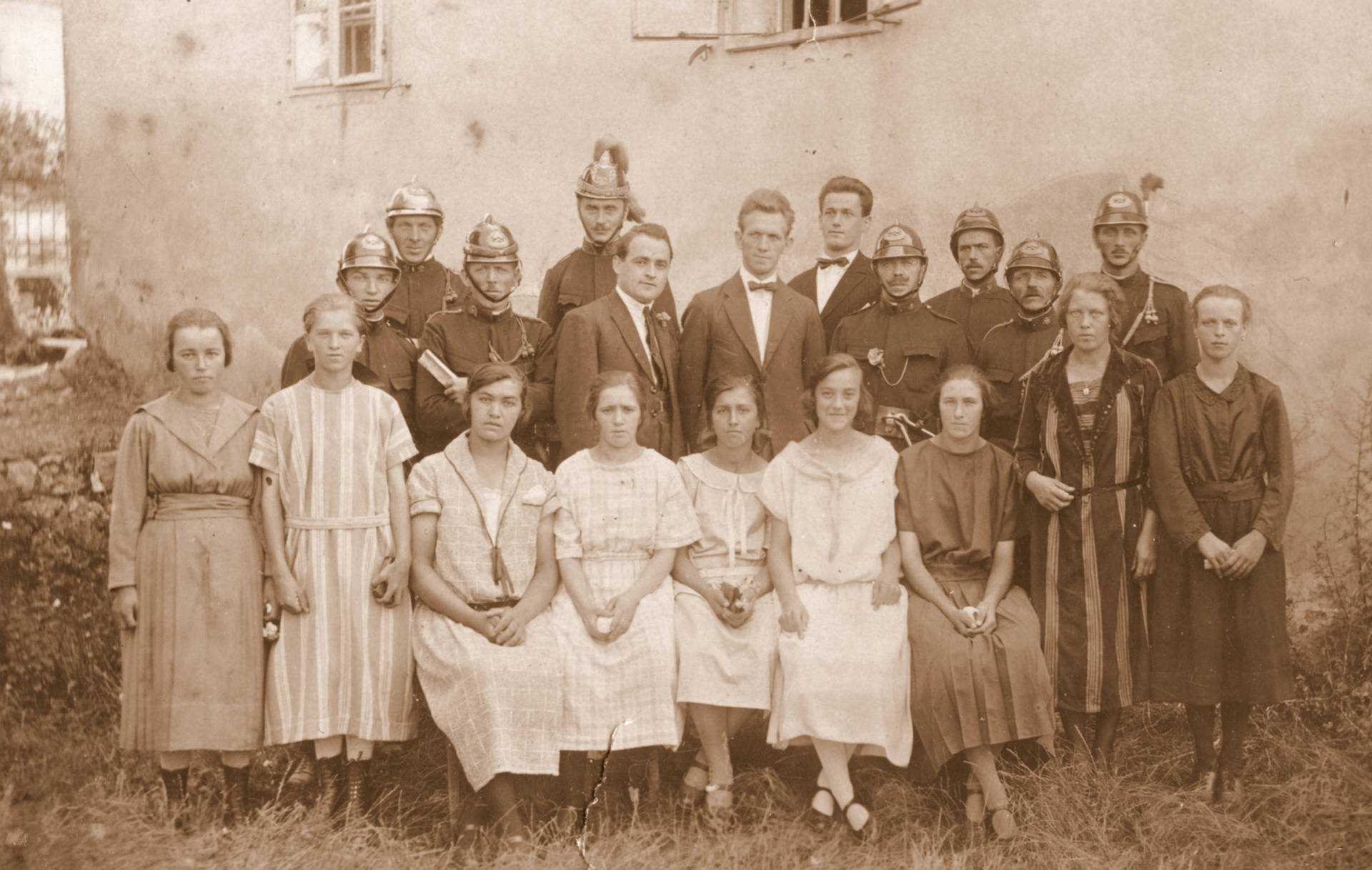 Choir and members of the fire brigade from Materija in 1921.
Choir and members of the fire brigade from Materija in 1921.
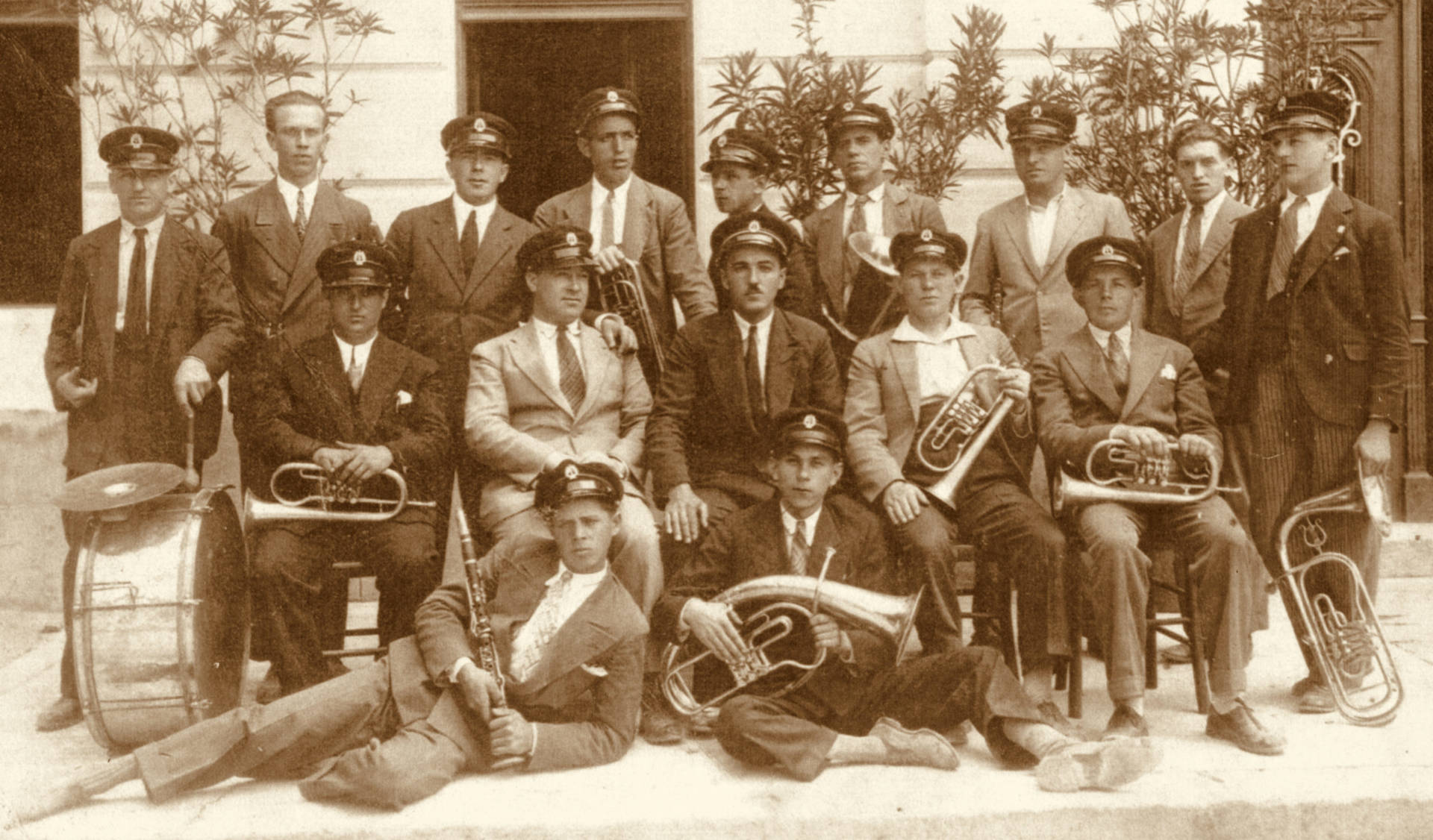 Hrpelje village band from the period 1921–1923.
Hrpelje village band from the period 1921–1923.

 The Slovenes got their own white, blue and red national flag in 1848.
The Slovenes got their own white, blue and red national flag in 1848.
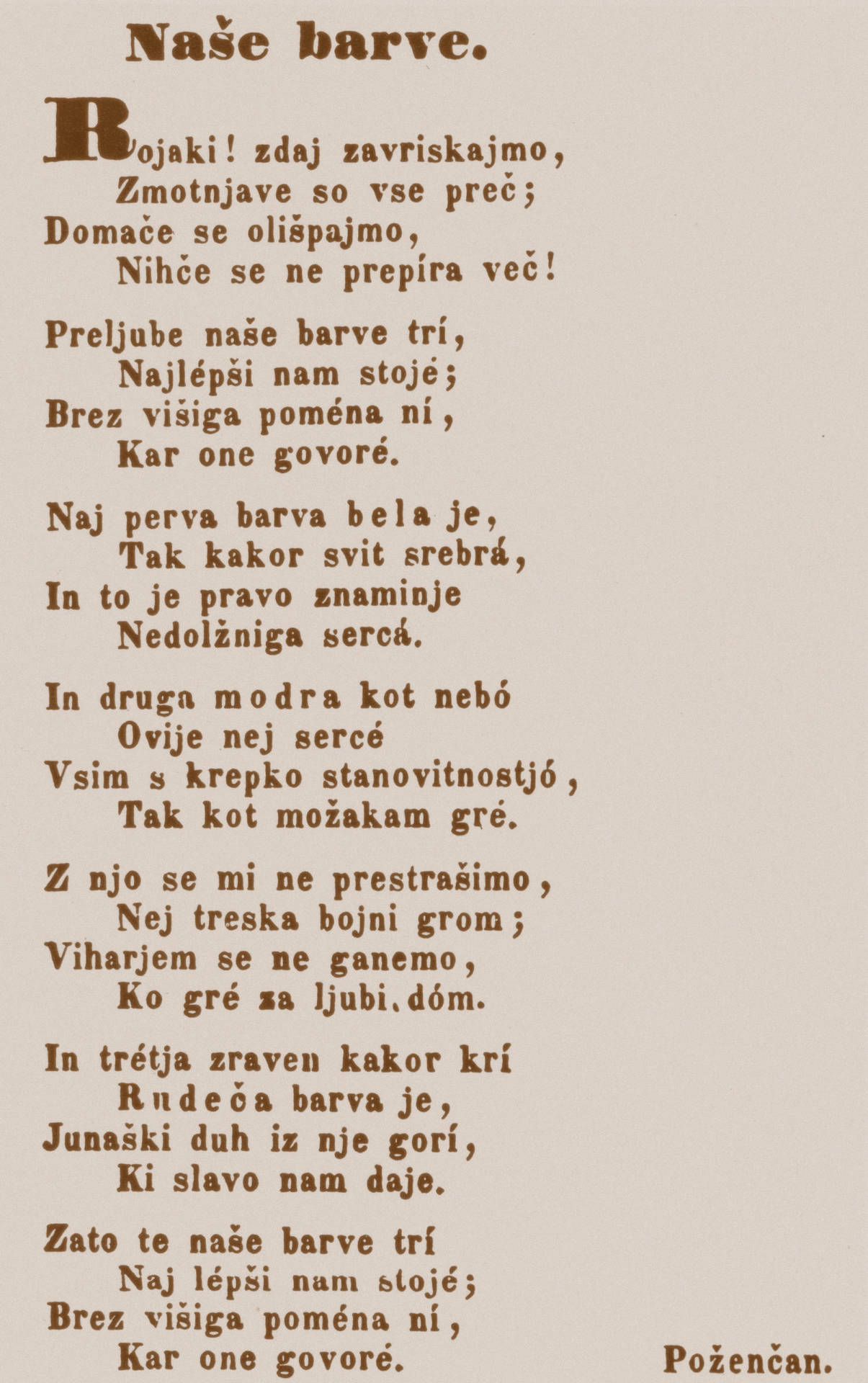 Poem dedicated to the newly created Slovene national flag.
Poem dedicated to the newly created Slovene national flag.
